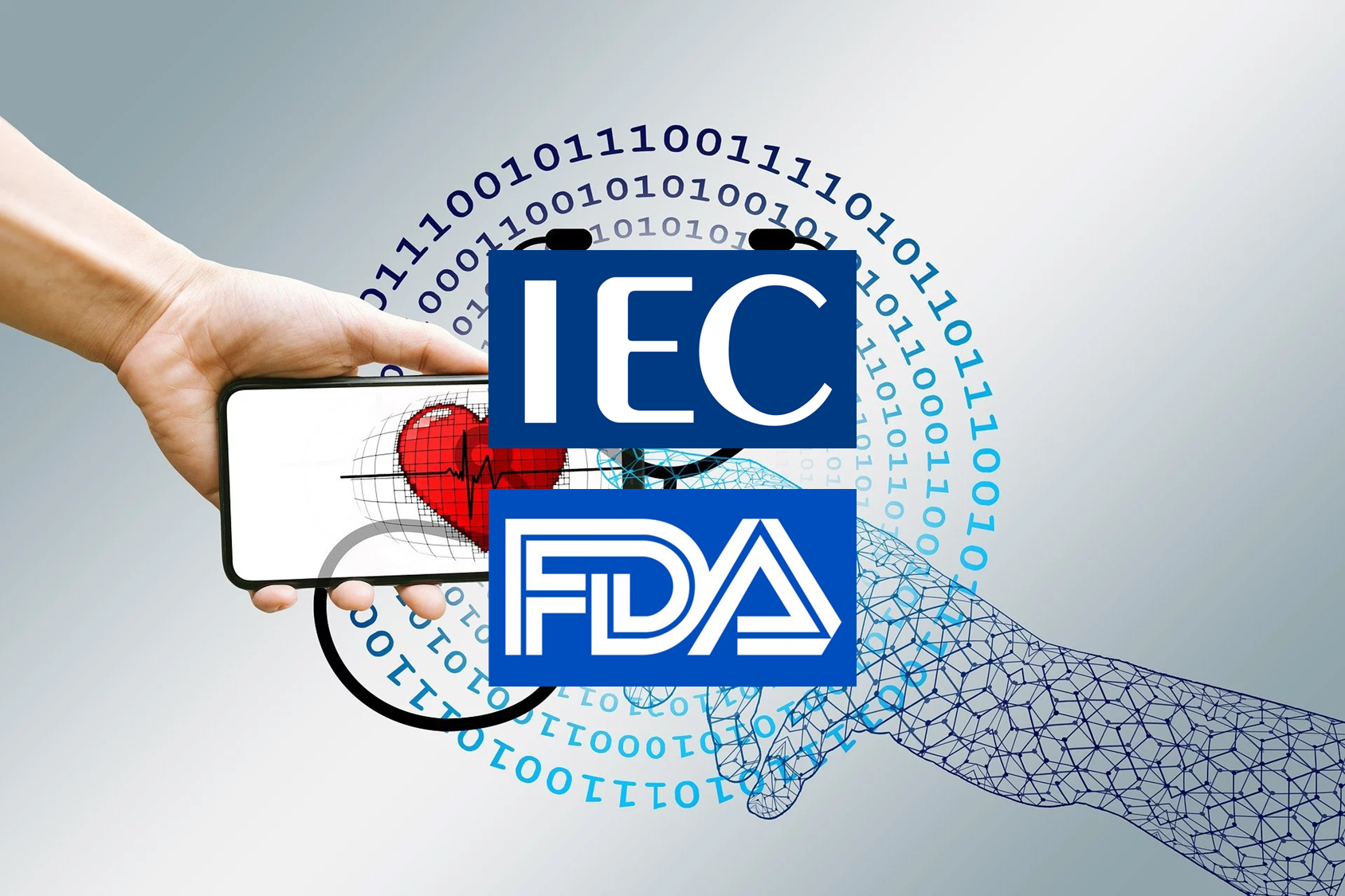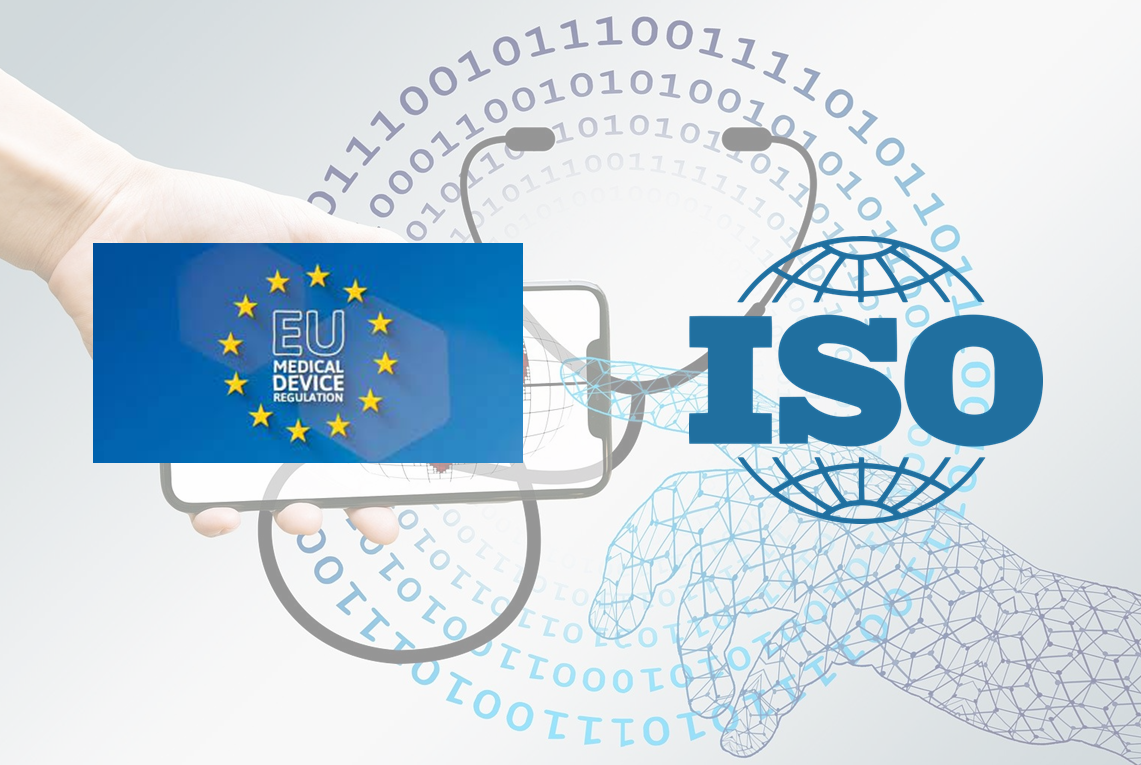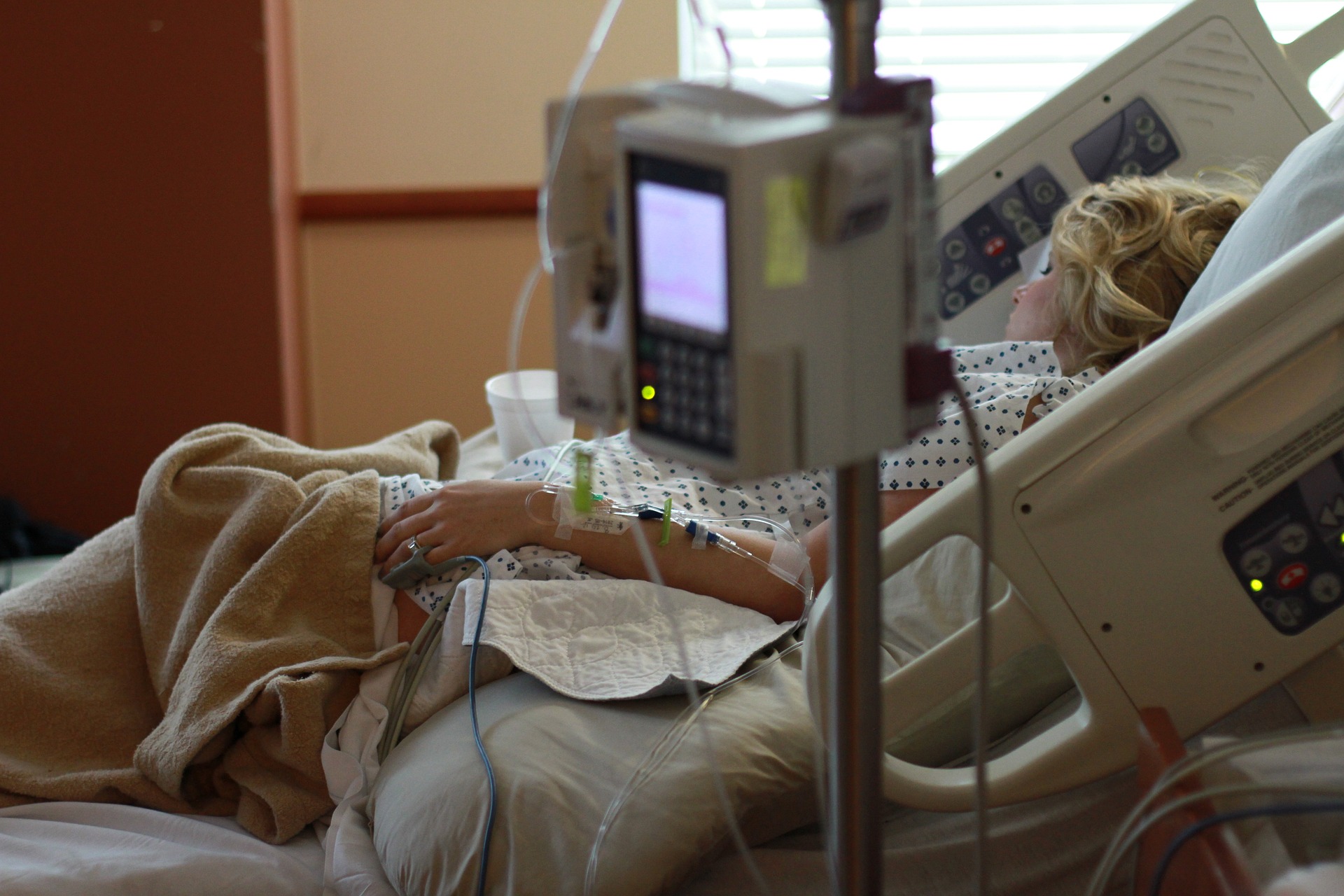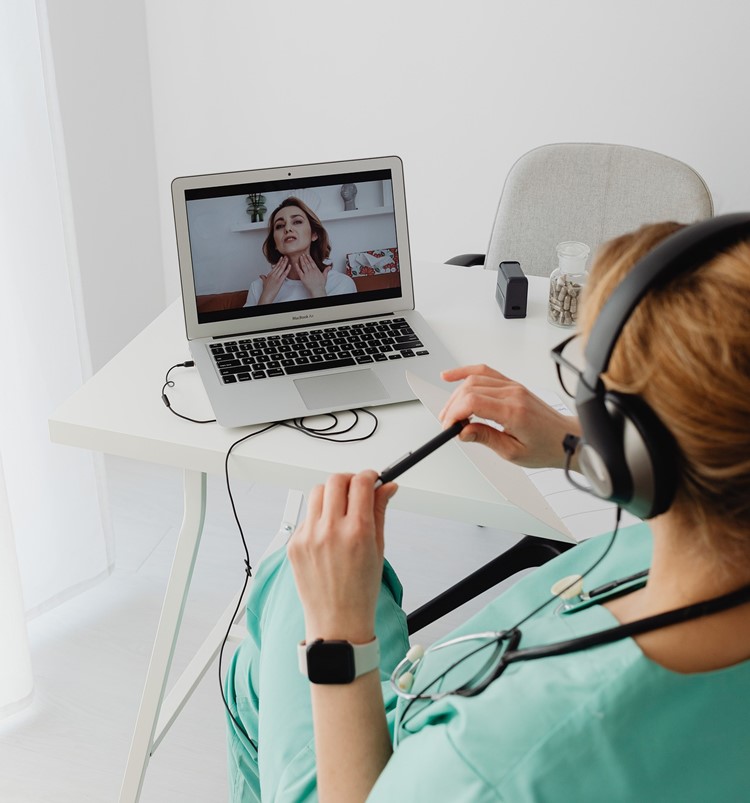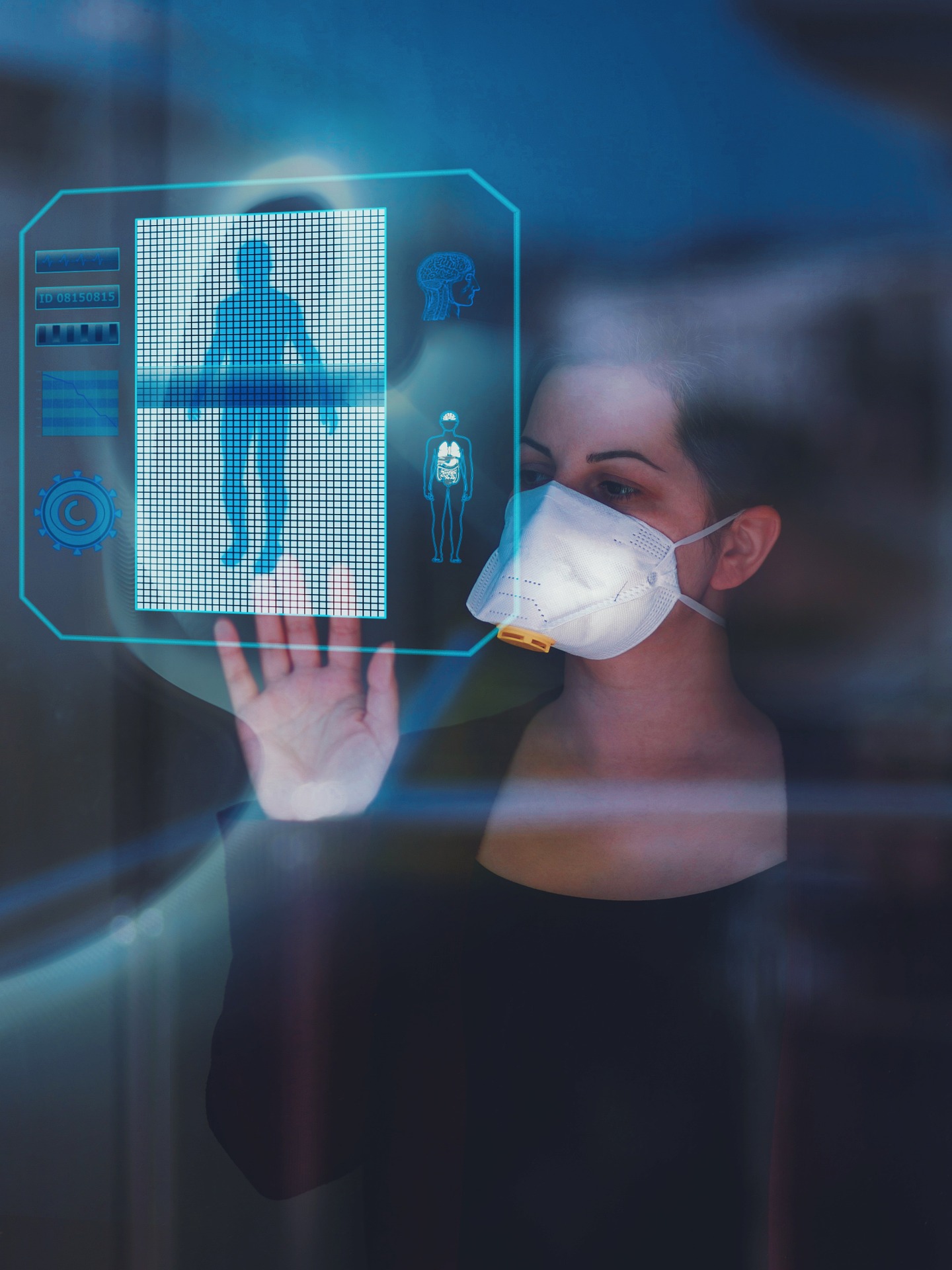IEC medical standards series are for basic and functional safety of medical electrical equipment and validating optimal usability of devices. The FDA Standards Recognition Program evaluates consensus standards for appropriateness for the review of medical device safety and performance.
Important International Electrotechnical Commission standards
IEC 60601-1-11:2015 applies to the basic safety and essential performance of medical electrical equipment and medical electrical systems for use in the home healthcare environment.
IEC 62353:2014 applies to the testing of medical electrical equipment and medical electrical systems, hereafter referred to as ME equipment and ME systems, or parts of such equipment or systems, which comply with IEC 60601-1:1988 (second edition) and its amendments and IEC 60601-1:2005 (third edition).
IEC 62304 is a functional safety standard that covers the safe design and maintenance of software. It provides processes, activities, and tasks to ensure safety. It applies to the development and maintenance of medical device software when the software is itself a medical device.
And here is an important standard from the USA, not to forget if you have to develop e.g. medical devices for this market.
FDA Standards are supplied by the United States Food and Drug Administration (FDA or USFDA), which is a federal agency of the Department of Health and Human Services. The FDA is responsible for protecting and promoting public health through the control and supervision of food safety, tobacco products, dietary supplements, prescription and over-the-counter pharmaceutical drugs (medications), vaccines, biopharmaceuticals, blood transfusions, medical devices, electromagnetic radiation emitting devices (ERED), cosmetics, animal foods, and feed and veterinary products.
More information about FDA and the Investigational Device Exemption (IDE) process is topic for another THAUMATEC Knowledge Databse blog post:
